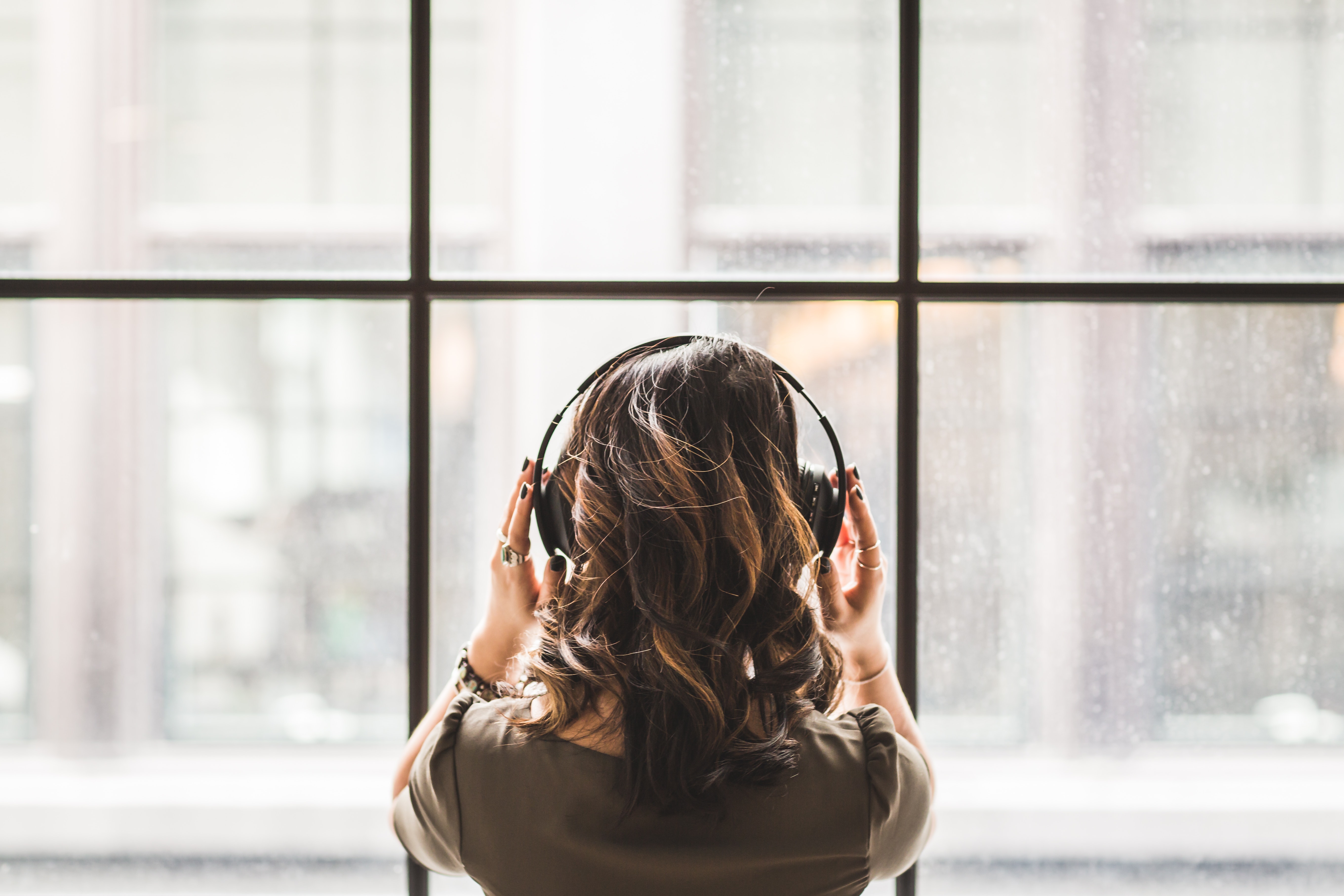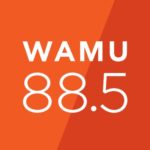BizLab is very excited to announce the 6 stations we will be working with this year on testing new revenue streams: WAMU, WDET, Capital Public Radio, Louisville Public Media, WLRN, and Vermont Public Radio. We are kicking off work this month with WAMU and LPM, and will ramp up with the other 4 throughout the year. Stay tuned (by following us on Twitter) as we progress through the year, building, testing, and learning.
In the process of receiving and reviewing applications to collaborate, we gained insight into the existing innovations and creative revenue experiments already running at many stations. But the most illuminating insight was hearing about the revenue challenges every station faces. Every type of public radio station is looking to identify new revenue streams: urban and rural; big, medium, and small, all-news, mixed-format, and music-focused; CPB-funded and community-funded; north, east, west, and south. It was fantastic to see the variety of stations, but eye-opening to realize that we are all concerned about financial sustainability of our stations.
It is the time of year to make predictions, so I would like to predict where stations will experiment this year to establish new revenue streams. I’m confident some of these will come true because BizLab is planning on doing them 🙂 , but many of these will be happening at every type of station across the country.
- #1 Monetizing local events. Many stations are building out new event programming to engage their audiences in local, community-focused programming. Events are big business, and other industries can show us the way to make these events sustainable through sponsorship and ticketing. Public radio will seriously enter the events business this year.
- #2 Engaging audiences who aren’t listening to the radio. Every station is looking to reach younger, more demographically-diverse audiences to maintain their listenership. This year more will attempt to do this by bypassing the radio. A way to do this is by acquiring digital properties (see do502.com, purchased by Louisville Public Media, and the DCist, purchased by WAMU). Another way is by working with local artists to engage local communities (see Framed by WDET). Acquiring audience is not a direct path to revenue, but creating engaging content for these audiences and sustaining their engagement is a first step.
- #3 Monetizing digital through digital offerings. Display advertising on public radio websites does not, and will not, generate significant revenue for stations, so stations will be looking critically at their digital strategies to pursue efforts that do generate revenue. Digital distribution channels – social media, smart speakers, and mobile apps – have growing audiences (good news!), but few stations have successfully converted users in these channels into donors. The experiments in this area will be around offering digital content, digital add-ons, and digital services to audiences, and monetizing these offerings.
- #4 Establishing podcasts as revenue generating products. For stations with successful, national podcasts, there will be investigations and experiments around how best to monetize the podcast, through sponsorships, ad networks, and asking for listener donations. The time is now to figure this out and roll it out into a station’s operations.
A year ago, before getting to know this ecosystem, I would have made predictions all about how digital technologies are key to the financial sustainability of public radio. “The smart speakers, the podcast apps, and the mobile apps are the answer. And Kickstarter, Patreon, and text-to-donate is how we’ll do it!” — said a technologist new to public media and journalism.
Yes, these technologies are disruptive, and yes, they will influence the industry. But they are not providing public radio listeners any value in and of themselves. They are the platforms, the delivery mechanisms, and the payment systems, not the customer value. The value is in the content and our audiences will pay for quality content. On-air content will continue to be free, but my long term prediction is that online, on-demand, and on stage content created by public media stations will be available through paid subscriptions, tickets, and access fees.







